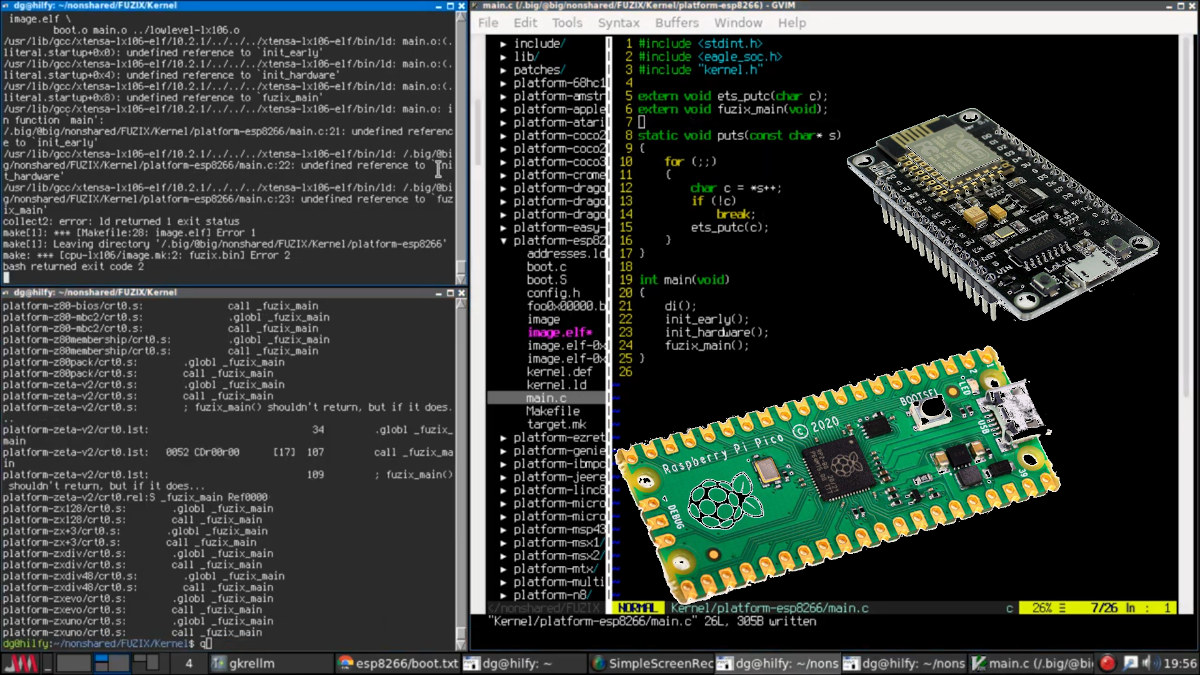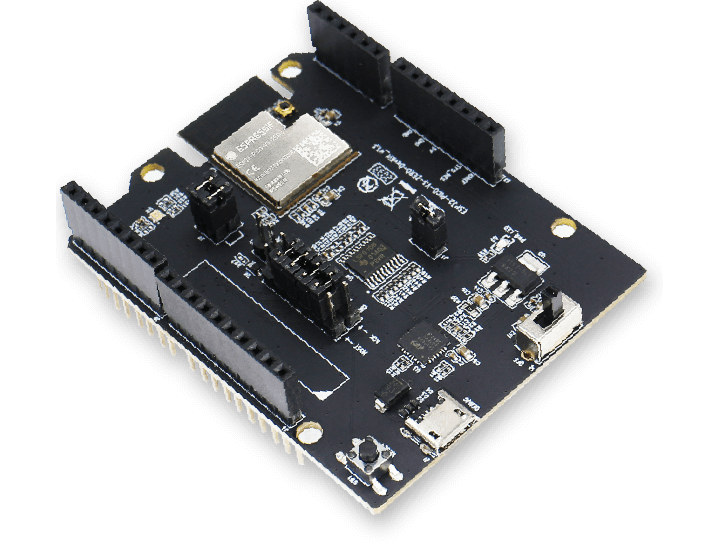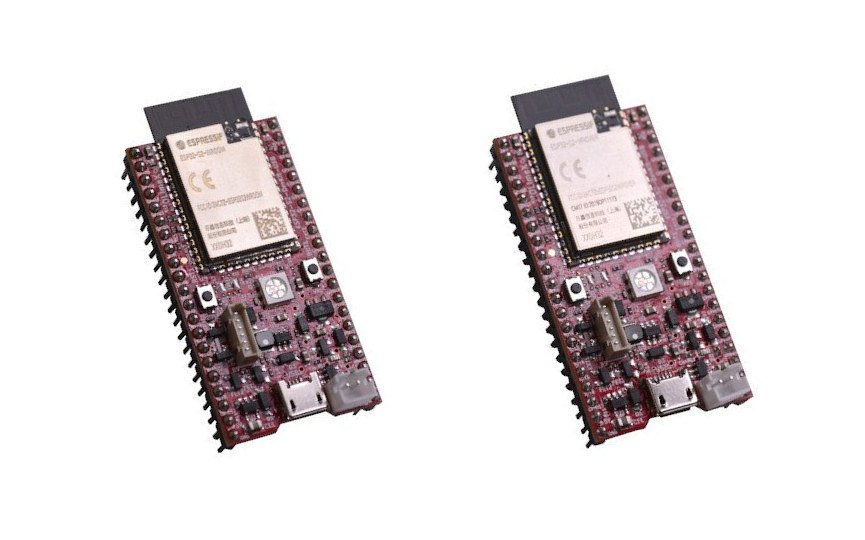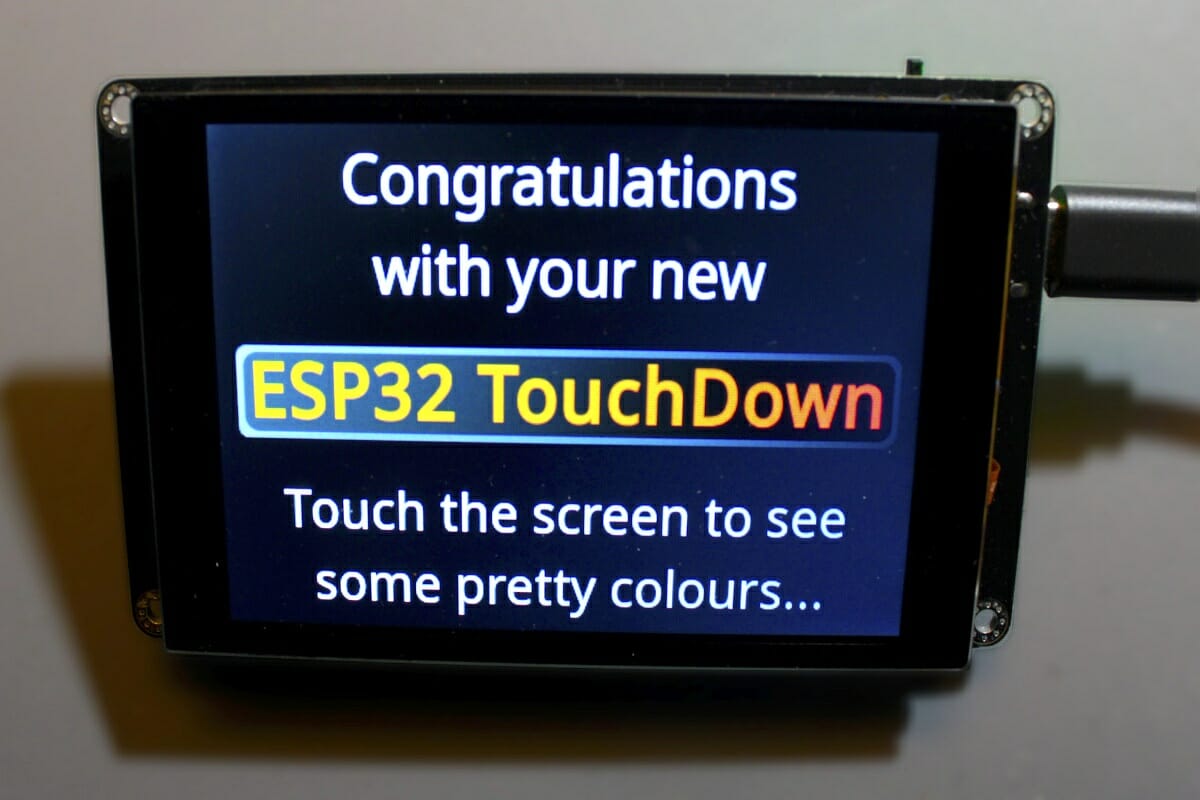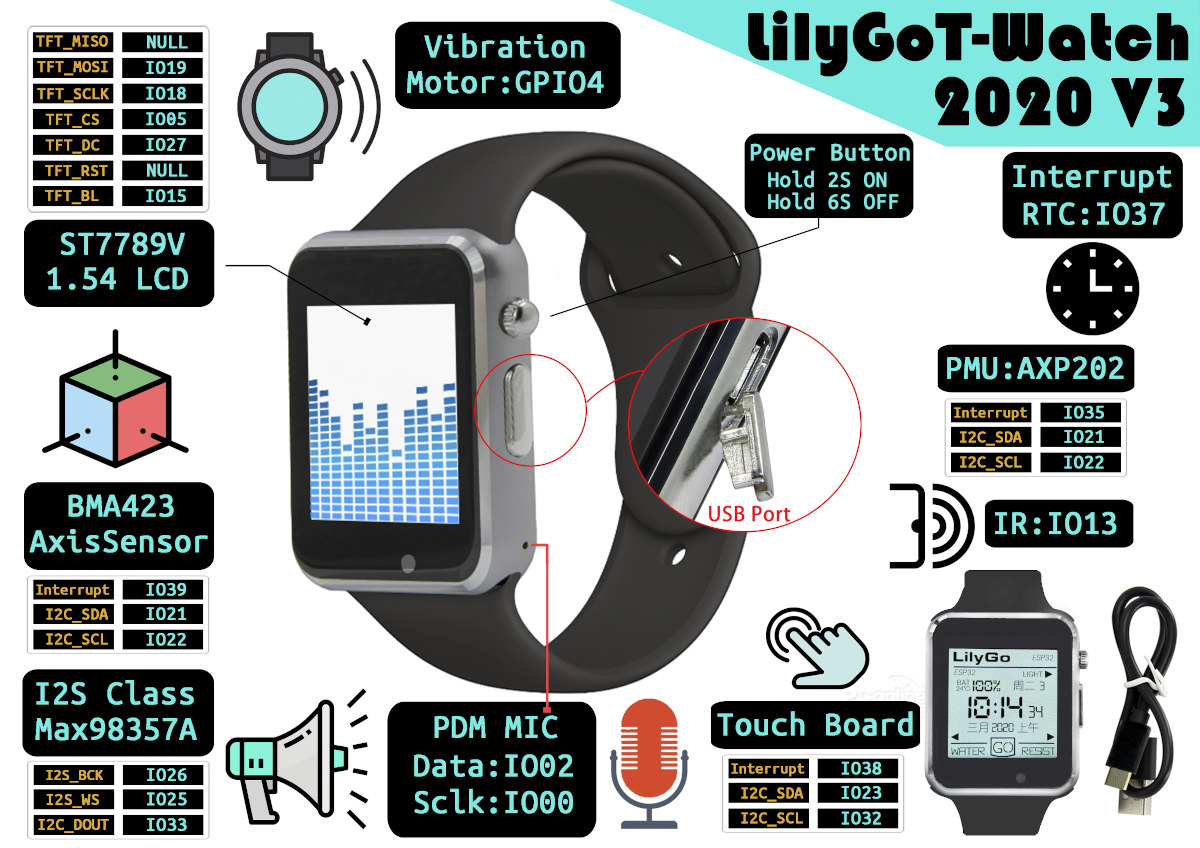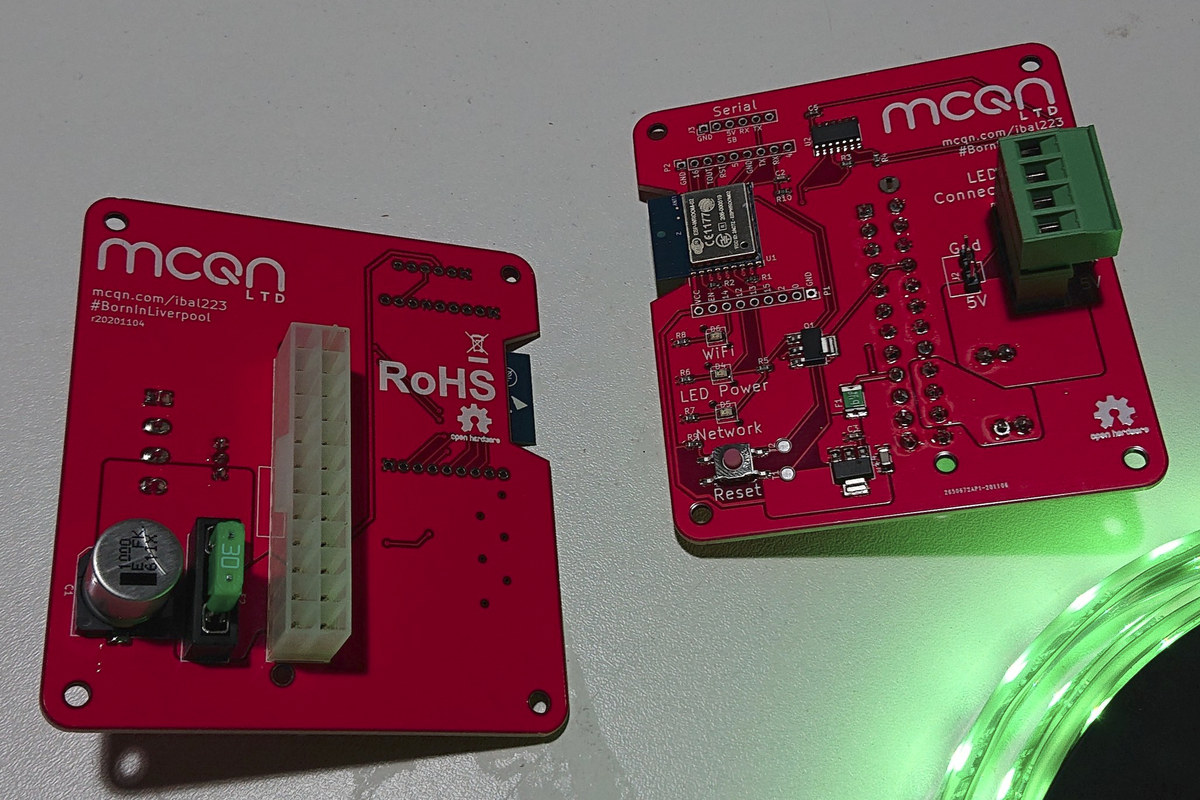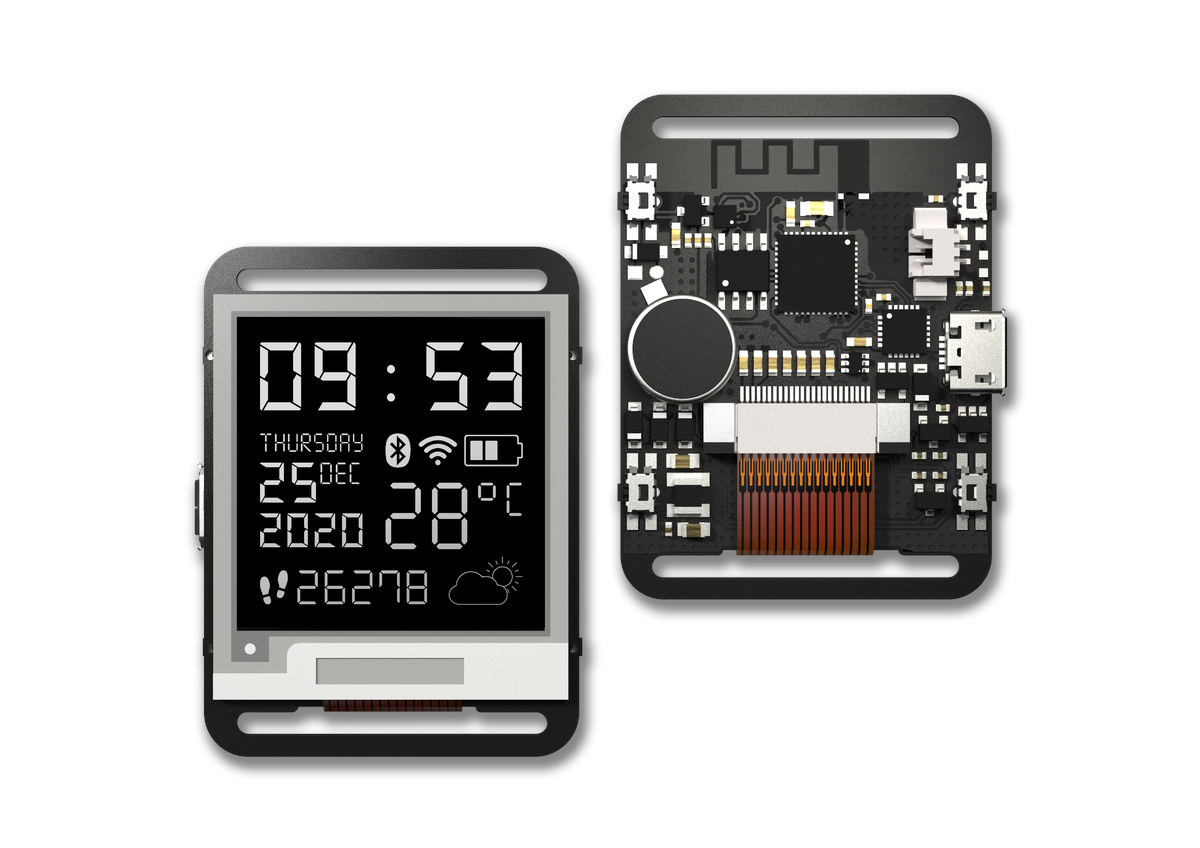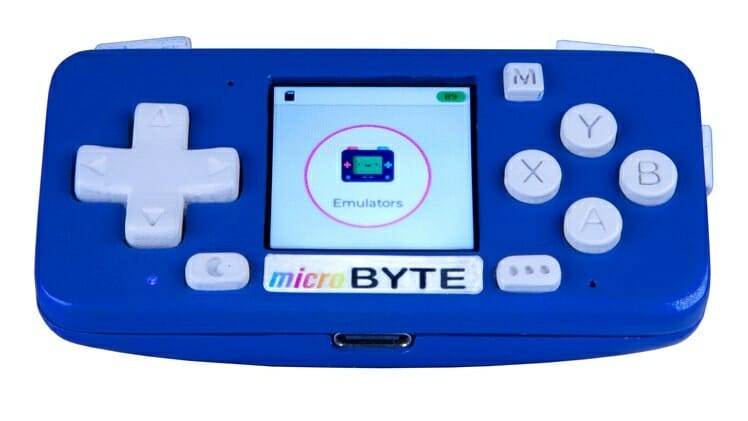The Raspberry Pi Pico is not compatible with Linux, but now supports another Unix-like operating system known as Fuzix. Alan Cox’s Fuzix is a Unix-like operating system for older devices with less performance capacity. David Given’s two recent posts have brought to the attention about the operating system’s compatibility with ESP8266 MCU and Raspberry Pi Pico. Fuzix operating system has a kernel which is the central core of the system. Also, it has a C compiler and a set of core applications similar to the UNIX filesystem. The Raspberry Pi Pico port comes with many benefits like a well-structured Unix filesystem with its compatibility for SD cards through the SPI interface. Hence, supporting the Fuzix operating system. The full set of Fuzix binaries is available through a serial console to UART0. Porting Fuzix to ESP8266 The post on “Porting Fuzix to the ESP8266” addresses the MCU’s support for the Fuzix […]
ESP32-PICO-V3-ZERO-DevKit targets Amazon Alexa Connect Kit (ACK) development
Last summer, Espressif and Amazon jointly announced the ESP32-PICO-V3-ZERO Alexa Connect Kit module providing out-of-box connectivity to ACK (Alexa Connect Kit) cloud services, support for features such as Alexa control, “Frustration-Free Setup” and Amazon Dash replenishment for connected devices. At the time, the module was still at the developer preview stage, and you had to create your own carrier board for the module. But now development has been easier with the companies launching ESP32-PICO-V3-ZERO-DevKit compatible with Arduino Zero development board. ESP32-PICO-V3-ZERO-DevKit specifications: Wireless module – Espressif Systems ESP32-PICO-V3-ZERO with ESP32-PICO-V3 System-in-Package (SiP) based on ESP32-V3 dual-core Xtensa LX6 WiFI and Bluetooth SoC, a 4 MB SPI flash, a crystal oscillator, filter capacitors, and an RF matching network. Expansion – Arduino Zero compatible pass-through headers Debugging – 1x micro-USB port Misc – Power & Status LEDs, Reset button, jumpers to route specific signals to the headers, DSN (Device Serial Number – […]
LiPo battery powered Olimex boards use ESP32-S2’s USB OTG interface
Last year, Olimex introduced ESP32-S2-DevKit-LiPo and ESP32-S2-WROVER-Devkit-LiPo boards optimized for battery-powered applications with as little as 30uA deep sleep power consumption. ESP32-S2 processor comes with a USB OTG interface, but at the time, Espressif Systems ESF-IDF SDK did not support programming via the built-in USB interface, so Olimex added CH340T USB to serial converter for programming. The good news is that the SDK can now support USB programming without an external chip, so the company designed new versions of the boards without a USB to serial chip with namely ESP32-S2-DevKit-LiPo-USB and ESP32-S2-WROVER-Devkit-LiPo-USB boards. The specifications are basically the same as previously except for the removal of the USB to serial chip, support for USB OTG, and even lower power consumption: Wireless module: ESP32-S2-DevKit-LiPo – ESP32-S2-WROOM with Espressif ESP32-S2 single-core 32-bit LX7 microprocessor up to 240 MHz with 128 KB ROM, 320 KB SRAM, 16 KB SRAM in RTC, 4MB SPI […]
ESP32 TouchDown comes with 3.5-inch display for custom control interfaces
Dustin Watts developed FreeTouchDeck software to interface with Windows, macOS, Linux computers and boards over Bluetooth LE using an ESP32 board connected to a touchscreen display. So far, he used off-the-shelf parts, but he has now decided to create his own hardware with ESP32 TouchDown open-source hardware board equipped with a 480×320 TFT display. ESP32 TouchDown specifications: Wireless Module – ESP32-WROOM-32D with ESP32 dual-core WiFi & Bluetooth processor, 4MB flash, PCB antenna Display – 3.5-inch 480*320 TFT screen based on ILI9488 driver connected over SPI mode, plus FT6236 Capacitive Touch Controller Storage – MicroSD card reader USB – 1x USB-C port Expansion Header with I2C, SPI, 7x GPIO, 3.3V and GND Stemma / JST-PH I2C connector Debugging – CP2102 USB-to-UART IC Misc – Piezo speaker, Power & Charge LEDs, on/off switch, boot and reset buttons, Power Supply 5V via USB-C 2-pin JST connector for battery APK2112 3.3V regulator MCP73831 battery […]
TTGO T-Watch-2020 V3 ESP32 watch adds microphone for voice control
Lilygo TTGO T-Watch-2020 is a thin, ESP32 smartwatch programmable with Arduino that was introduced last year. The WiFi and Bluetooth-connected watch is equipped with a 1.54-inch LCD capacitive touch screen, a Class-D amplifier, buzzer, accelerometer, RTC, and a battery. The watch is one of the top-selling devices on Lilygo’s Aliexpress store, and they must have had requirements for voice control, so the company has now launched TTGO T-Watch-2020 V3 based on the same design but adding a PDM microphone. As far as I can TTGO T-Watch-2020 V3 specifications are the same as last year’s model, except for the microphone: SoC – Espressif ESP32 dual-core wireless processor with 520KB SRAM System Memory – 8MB PSRAM Storage – 16MB QSPI flash Display – 1.54-inch LCD capacitive touch screen Audio – Max98357 Class-D amplifier, buzzer/speaker, PDM microphone Connectivity – 802.11b/g/n WiFi 4 and Bluetooth 4.x/5.1 via ESP32 Sensors – BMA423 three-axis accelerometer with […]
ESP8266 board with 24-pin ATX connector drives RGB LED strips
“Adding Open Hardware to Open Software for a More Equitable IoT” talk at FOSDEM 2021 discussed the importance of open-source hardware and software for IoT devices, notably to avoid getting a brick after the cloud service is suddenly terminated. Adrian McEwen then specifically talked about his “My Baby’s Got LED” ESP8266 open-source hardware board powered by… a USB charger? nope. A battery? You’ve got to be kidding. Instead, the ESP8266 board is equipped with an ATX connector taking a standard power supply found in PC towers and desktops. But why? That’s because the board is designed to control a string of Neopixels/WS2812 RGB LED’s, and a 500W ATX power supply can power up to 500 lights. MCQN’s “My Baby’s Got LED” board specifications: Wireless module – ESP-WROOM-02 ESP8266 module with WiFi 4 connectivity LED strip connector – 4-pin terminal block Expansion – 2x 9-pin unpopulated 2.54mm pitch header for easy […]
Watchy Pebble-like Smartwatch with E-paper display, ESP32 processor launched on Crowd Supply
Pebble smartwatch was introduced in 2012 on Kickstarter. The Bluetooth smartwatch came with an E-Paper display, would connect to your Android smartphone or iPhone to receive notifications or other info, and the company also released an SDK for further customization. It was quite popular at the time having sold over one million units, the Pebble Time followed in 2015 with a color display, as well as other models. But despite selling millions of watches, the company folded in 2016, and the Pebble was discontinued after the intellectual property was purchased by Fitbit. Watchy is a new smartwatch that reminds me of the original pebble. It is based on ESP32 WiFi & Bluetooth SoC, equipped with a 1.54-inch E-Paper display with 200×200 resolution, and the usual accelerometer for activity tracking and gesture detection. Watchy key features and specifications: SIP – Espressif Systems ESP32-PICO-D4 system-in-package with ESP32 dual-core processor with Bluetooth LE […]
microByte ESP32 portable game console comes with a 1.3-inch display (Crowdfunding)
We’ve previously seen programmable, portable game consoles powered by Espressif Systems ESP32 processor with the likes of ODROID-GO or WiFiBoy32 both equipped with a 2.4-inch display, and design to play retro games or create IoT projects with a small display thanks to I/O headers. But if for some reason, you’d like an even more compact ESP32 portable game console based on the WiFi & Bluetooth SoC, Byte-Mix Labs microByte may be what you are looking for thanks to a tiny 1.3-inch square display. microByte specifications: Wireless module – ESP32-WROVER-E module with ESP32 dual-core processor @ 240 MHz, 8 MB PSRAM, 16 MB flash, and integrated Wi-Fi and Bluetooth antenna Storage – MIcroSD card slot Display – 1.3-inch ST7789 IPS Screen with 240 x 240 pixel resolution, 60 Hz max refresh frequency Audio – On-board speaker powered by a MAX98357AETE+T I2S amplifier Controls – 13x onboard buttons with 8x Inductive direction […]


